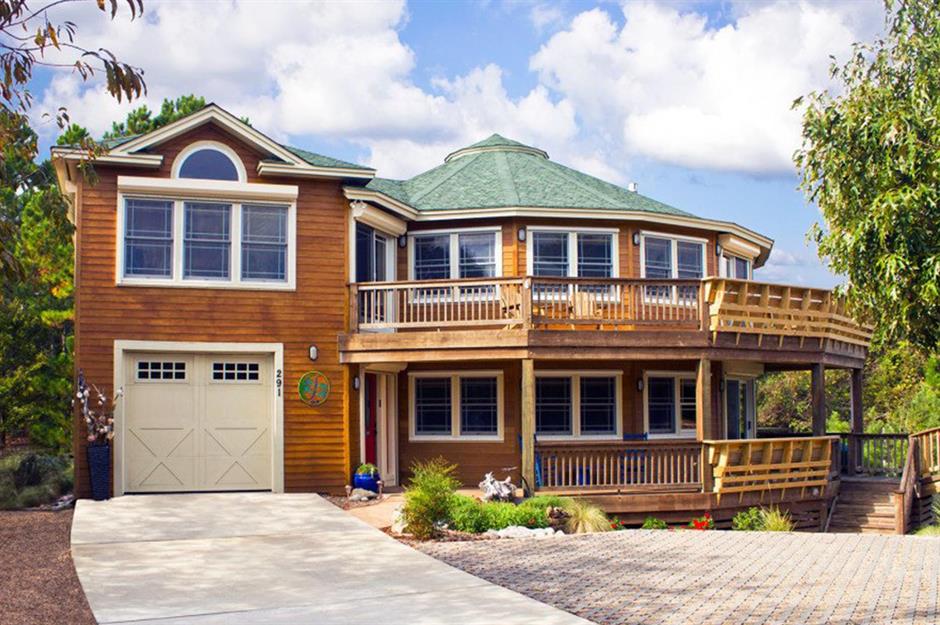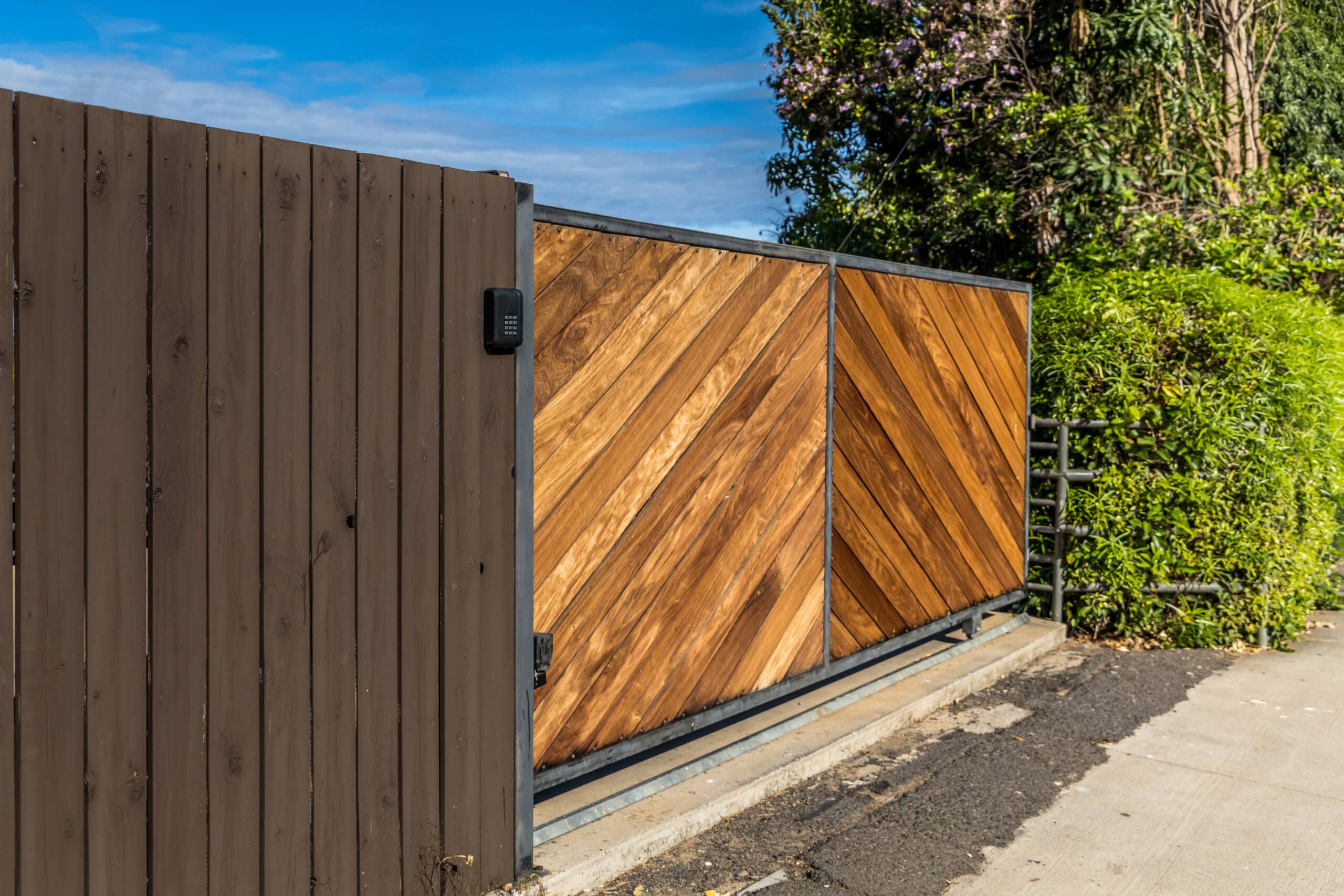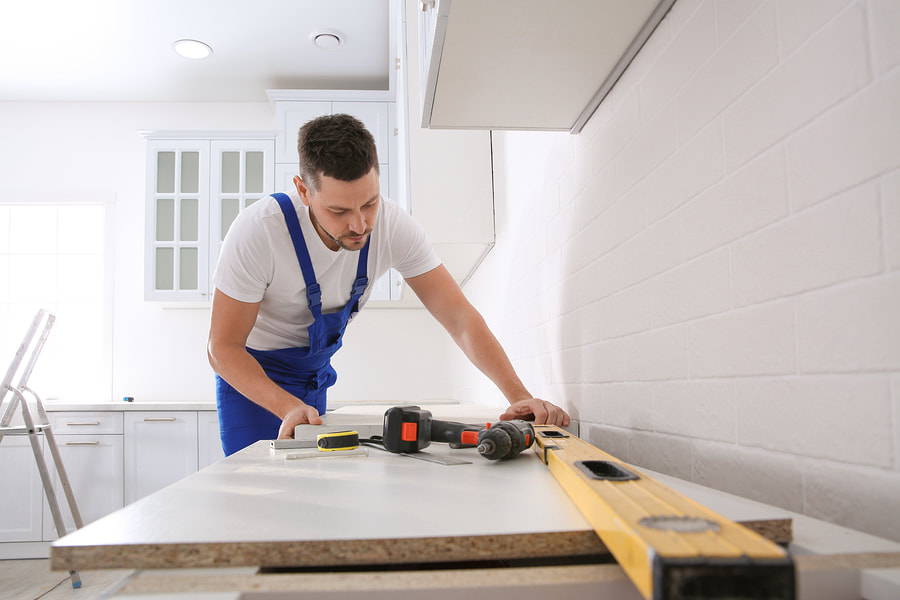
What Materials Do You Use to Weather Proof Homes?
Due to the increasing number of natural disasters, such as hurricanes and storms, many homeowners are now turning to weather-resistant building products. These materials can handle various types of weather conditions, such as hail and wind. These materials do not lose their integrity when exposed to these elements.
When it comes to roofing, there are various ways to help make it and your home weather-resistant. Below are some great building materials to consider this year to keep your home and roof weather resistant.
Table of Contents
Hail-Resistant Roofing
In areas where hail storms are frequent, it is important to consider the damage they can do to your roof. Aside from damaging the surface, small hailstones can also cause major issues to your roof’s mat.
Certain types of roof shingles are designed to withstand the impact of flying debris and hailstones as well as the high winds that can accompany storms. These materials are called impact-resistant and have a Class 4 rating, which means they can endure severe weather.
In certain cases, you might want to consider using metal tiles. These types of roof tiles are known to endure both rain and hail storms and are long-lasting. They can also handle high winds and hailstones, making them an ideal choice for any area. If you stay in Virginia, you can easily find professionals who provide Virginia roofing services. You can reach out to them if you need help.
Moisture-Resistant Insulation
One of the most important factors that you can consider when it comes to keeping your home warm and comfortable is having proper insulation. Not only does it help keep the air inside the home cool, but it also helps keep moisture out. Certain companies also make moisture-resistant products, which can be used in areas prone to humidity and storms. Most people will likely find insulation in their home as fiberglass, which is a type of foam-like material.
Impact-Resistant Windows
One of the most common issues that people have when it comes to storm damage is the presence of glass windows and doors. Not only can these windows and doors break, but they can also allow rain or snow to enter the home.

A good way to prevent these issues is by having impact-resistant windows, which are designed to keep the glass intact even if it gets hit hard enough. This type of window can also help keep the elements out of the home. Not only does this type of window keep the glass intact, but it also prevents it from breaking loose.
Although impact-resistant windows can still be replaced if the storm was severe enough to crack them, they can help prevent further damage to the home. If you need to leave the house immediately after a hurricane or storm, having these types of windows can help minimize the chances of you coming home to a huge mess.
Fluid-Applied Flashing
Although it’s important to seal the windows and other entry points of your home to prevent flooding, accidents can still occur even if you do everything in your power to avoid them. Having fluid-applied flashing can help minimize the damage that can happen even if you try to avoid it.
Having fluid-applied flashing can help improve the insulation of your home and prevent it from getting damaged during the winter season. Not only will it help keep the home warm and secure, but it can also help protect it from potential damage caused by small leaks.
Concrete Framing
Many homes are built in a stick-built style, which means that they’re not only structurally sound but also have an outer covering that’s made of wood. Although this type of construction is generally fine in certain weather conditions, it can’t be enough in areas that are prone to extreme weather.
In addition to being sturdier than wood, poured concrete and insulated concrete construction are becoming more popular as building materials due to their ability to endure natural disasters. These types of construction are also more resilient to high winds and are less prone to moisture.
Certain types of reinforced concrete construction, such as concrete frames and insulated concrete blocks, are known to be earthquake-resistant. They’re more stable than wood and can resist splitting.
Various types of constructions are also now being equipped with weather-resistant materials that can be used over the entire exterior of your home to create a more resilient and durable structure. If you care about your home, it’s best to invest in weather-resistant materials.



